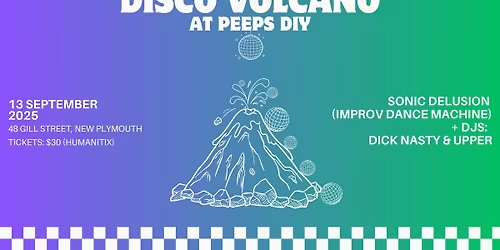
About this Event
How do we shape environments in ways that honour Indigenous ways of knowing, being, and making? What does it mean to Indigenise public space—not only through built forms, but through story, protocol, ecology, and whakapapa?
This panel brings together four Indigenous cultural leaders from across the globe, each offering unique insights into place-based practice. WharehokaSmith (Te Atiawa, Ngā Ruahine, Aotearoa) speaks from a deep commitment to kaitiakitanga and Toi Māori sovereignty within institutional relationships. Architect and changemaker Elisapeta Heta (Ngāti Wai, Waikato Tainui, Aotearoa) brings an intergenerational design lens grounded in Te Tiriti and Mana Whenua collaboration. From Australia, Clarence Slockee (Cudgenburra, Bundjalung) shares how cultural ecology can reshape urban space and reconnect people with Country; and Inga-Wiktoria Påve (Sámi, Sweden) brings the power of ancestral craft and Sámi visual storytelling to the conversation.
Together, they will explore how Indigenous placemaking can foster relational, regenerative futures—where space is shaped not just by structures, but by story, responsibility, and deep connection to land.
Speaker Bios
In 2022 WharehokaSmith (Taranaki, Te Atiawa, Ngā Ruahine) achieved an MOU (Memorandum of Understanding) based upon "Te Tiriti o Waitangi" with New Plymouth District Council (NPDC). Appropriately, it hangs at the entrance to his exhibition, Nekenekehia Tukua asserting his enduring Kaitiakitanga with the Toi and NPDC Kaipupuri Status (Responsibility to protect and preserve). Seen as a game changing template for institutional relationships with Toi Māori Practitioners.
Inga-Wiktoria Påve is a Northern Sámi visual artist from Swedish Sápmi. Her work tells cultural stories through themes of identity, tradition, and memory. Trained in ancestral crafts, she has gained wide recognition, including Riddu Riđđu’s Young Artist award, Ábadakone at Canada’s National Gallery, and a Nordic Council book award nomination.
Photo credit: Hans Olof Utsi
Clarence Slockee, a Salt-Water Cudgenburra/Bundjalung man and Founding Director of Jiwah, integrates traditional knowledge into environmental and cultural design. Through global collaboration, performance, and education, he reconnects people with Country, showcasing First Nations wisdom in ecology, balance, and sustainability—vital for today’s world.
Photo credit: Jiwah
Architect, mentor, and cultural leader Elisapeta Heta is Principal at Waka Māia, guiding Jasmax toward bicultural design. With whakapapa and design thinking deeply connected, her work reflects integrity, generosity, and place. She champions indigenous voices, mentors future designers, and drives intergenerational change through architecture, governance, and strategic cultural advocacy.
Photo credit: Jasmax
ABOUT THE STORY WORLDS FESTIVAL
Story Worlds is a new festival that invites audiences to experience storytelling as a rich, interconnected practice—through the written word, material culture, and oral traditions. Explore the programme, which stretches across Puke Ariki Museum, Libraries, and the Govett-Brewster Art Gallery | Len Lye Centre for four days of sessions that celebrate storytelling in all its forms and honour the ways stories help us make sense of ourselves, each other, and the world we share.
The Gallery is set over a number of levels, which are connected by ramps, stairs and an elevator. All spaces and facilities are mobility-friendly. We have manual wheelchairs available for use while at the Gallery, and mobility spaces available in the Len Lye Centre Cinema.
For more information on Gallery accessibility please visit Accessibility | Govett-Brewster Art Gallery | Len Lye Centre
This event will be held in the Govett-Brewster Art Gallery Cinema.
Event Venue & Nearby Stays
Govett-Brewster Art Gallery/Len Lye Centre, 42 Queen Street, New Plymouth, New Zealand
NZD 15.00












